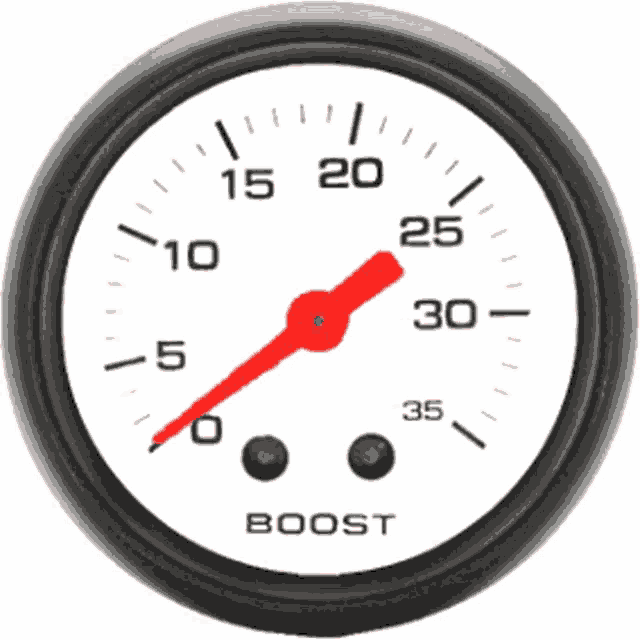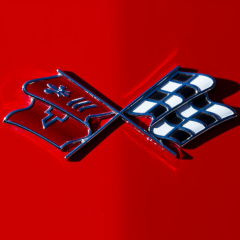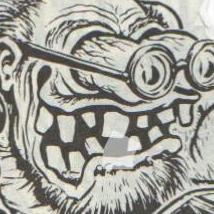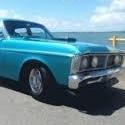-
Posts
14,073 -
Joined
-
Last visited
About StevenGuthmiller
- Birthday 11/27/1962
Previous Fields
-
Are You Human?
yes
-
Scale I Build
1/25th-1/24th
Contact Methods
-
Website URL
http://stevenguthmiller@yahoo.com
Profile Information
-
Full Name
Steven Wade Guthmiller
StevenGuthmiller's Achievements

MCM Ohana (6/6)
-
MCW *Enamel* Paints
StevenGuthmiller replied to 1972coronet's topic in Model Building Questions and Answers
All that I can talk you is that I thinned a custom mix of MCW enamels to do the interior in my ‘64 Bonneville with plain old lacquer thinner, and it worked just fine. I had a little left over, but I haven’t checked to see what kind of shape it’s in now. Enamels can be really quirky once thinned, and will some times gel up depending on the thinning medium. Steve -
What exactly is lacquer paint?
StevenGuthmiller replied to D.Pack's topic in Model Building Questions and Answers
Good grief! This is exactly what we need. More confusion on this subject! Everyone has their own definitions of what this is, and what that is, and then we get the official versions from the paint wonks and industry experts with all of the technical, chemical mumbo-jumbo. and our eyes begin to glaze over! For our purposes, at least for mine, it's pretty simple. If it says "Enamel" on the can or bottle, it's going to dry slow, go on thicker, dry harder, dry shinier, and can only be over coated with enamel or acrylic as a rule. If it says "Lacquer", it dries extremely fast, is able to be built up in multiple layers, in most cases will dry duller, but will be able to be sprayed over with virtually any other type of paint. Acrylic seems to be the sticking point because everyone in the business apparently likes that word, and uses it freely on pretty much everything. If you're using acrylic, you're just going to have to get down in the gutter with the paint wonks if you want to know exactly what properties each acrylic has, because it can be almost anything. Steve -
If I could make one suggestion Anders? A wash of some sort on the wire wheels would add another level of realism. Steve
-
Absolutely gorgeous! Beautiful example of the “first” American muscle car! Steve
-
What Did You Have for Dinner?
StevenGuthmiller replied to StevenGuthmiller's topic in The Off-Topic Lounge
Pretty sure that you can find the Boetje's in most grocery stores. If I can find it in Fargo North Dakota, you can find it anywhere! I like it because it's a little "sweeter" than a lot of mustards. By that I mean the vinegar level seems to be lower so that the mustard flavor seems more pronounced. It's also got a lot of heat, so you have to go light.....unless you need to really clean out the sinuses! Steve -
Yup. Not hard to make a windshield for a Mopar '68-'70 B-body. Back glass is a little tougher, but also possible if you're patient. Steve
-
What Did You Have for Dinner?
StevenGuthmiller replied to StevenGuthmiller's topic in The Off-Topic Lounge
Did you forget the Boetje's mustard? I love this stuff!!! Steve -
440 Engine question?
StevenGuthmiller replied to slusher's topic in Model Building Questions and Answers
One thing that I’ve always hated was the propensity for many people to replace original interiors with generic looking tan leather throughout. In my opinion, one of the most endearing and coolest aspects of most old cars is the character of the interior treatments. Replacing a vibrant ‘55 Chevy interior with it’s wide variety of colors, textures and materials with a drab, monochrome, tan leather interior is a sin as far as I’m concerned. For as much time as most guys spend in the driver’s seat of their classic car, it can’t possibly be that detrimental to their delicate behinds to have to sit on vinyl for a little while. As far as having to let my Grand Prix warm up for a little while, I’m fine with it. I’m in no hurry whatsoever when I’m taking it out for a drive. Steve -
Repainting question
StevenGuthmiller replied to JerseeJerry55's topic in Model Building Questions and Answers
As long as you’re not concerned about detail hide, there’s no reason that you can’t spray over it, especially with enamel. But yes, I would re-prime just for the sake of even color coverage. Steve -
Repainting question
StevenGuthmiller replied to JerseeJerry55's topic in Model Building Questions and Answers
Did you prime it before paint? And if so, what primer did you use? Steve -
440 Engine question?
StevenGuthmiller replied to slusher's topic in Model Building Questions and Answers
I agree. Let old cars be old cars, and new be new. I've said it before, but in my opinion, a large part of the charm and nostalgia of an old car is the way that they run, handle, and ride. Everybody today seems to want their classic car to react exactly like their 2024 Ford Explorer. I don't understand it myself. I love the sound and feel of my '69 GP! To start modernizing it is to completely obliterate it's allure. Steve -
What would a car modelers Hades be like:
StevenGuthmiller replied to GLMFAA1's topic in The Off-Topic Lounge
Not really my bag. 😁 Steve -
What would a car modelers Hades be like:
StevenGuthmiller replied to GLMFAA1's topic in The Off-Topic Lounge
Or, you could say that my model builders hades would be nothing but models of cars produced after about 1977, or all foreign cars! 😮 I’d rather build airplanes. 😁 Steve -
What would a car modelers Hades be like:
StevenGuthmiller replied to GLMFAA1's topic in The Off-Topic Lounge
I understand, but that's not much of a consideration for me anymore. I wasn't much of a fan of these types of interiors and chassis in years past, and I still can't say that I am, but the most important thing to me now is subject matter, so if there are aspects of the model that I don't like, I'll change them. It not only corrects the issues, but it insures that your model will be something completely unique. My last 1964 Pontiac Bonneville project, although an AMT kit and not an MPC, illustrates this concept. These old annual kits were all lacking in basically the same areas, but I've begun to understand that it's not only possible to overcome these problems, but it can be a lot of fun as well. Researching and finding existing modern kit parts to substitute, modifying existing parts, and scratch building others, is a great way to hone your building skills, and if you have an open mind and some determination, you can make something from one of these old sub-par kits that rivals any highly detailed modern kit without spending gobs of money on aftermarket stuff. I'm having way more fun doing these kinds of builds now than I ever did building basically out of box, and as I said, when it's finally finished, it's truly unique, even though still a factory stock model. This is model car heaven for me! Steve













